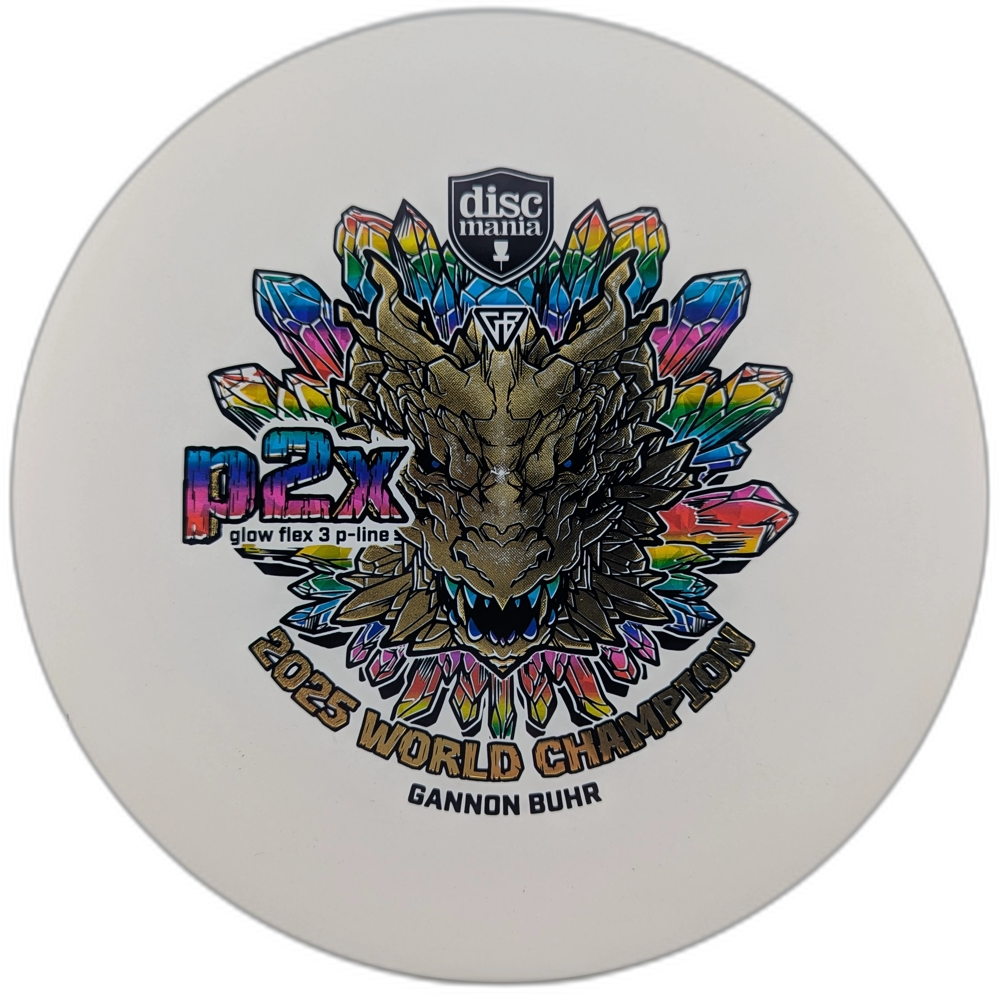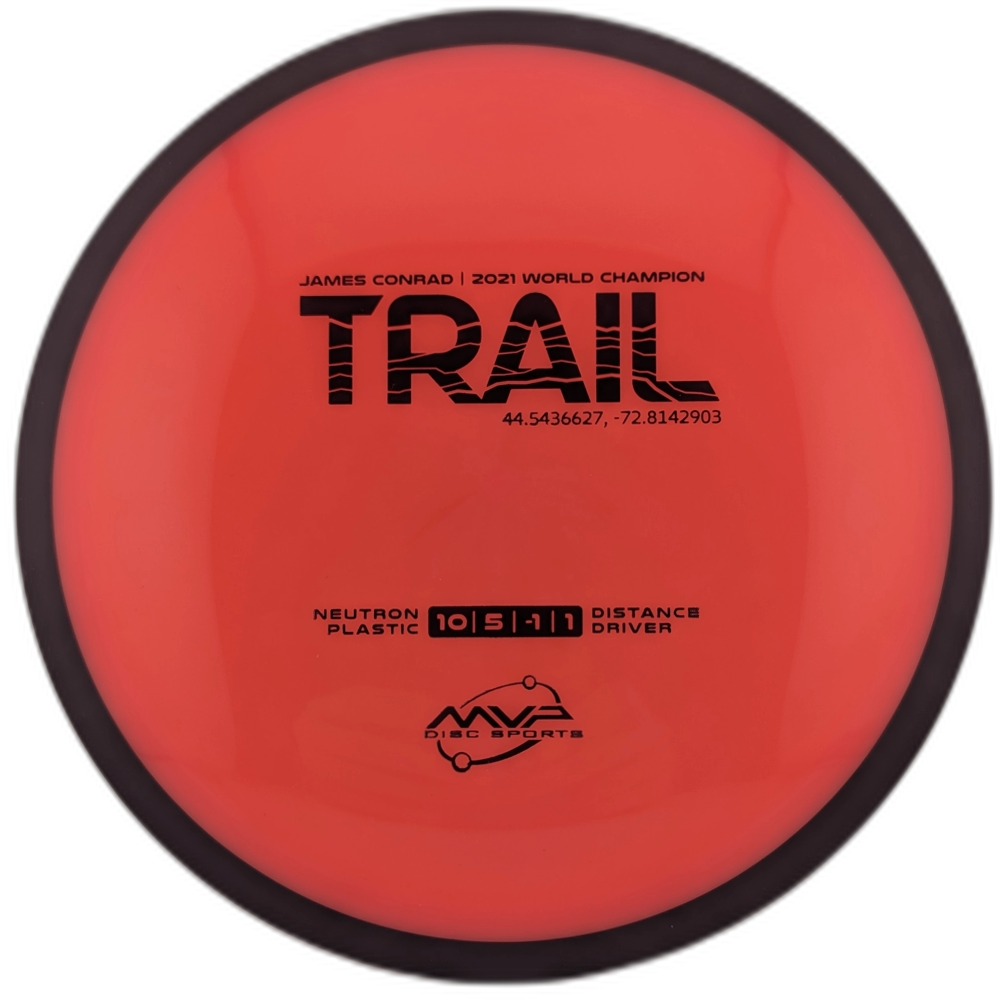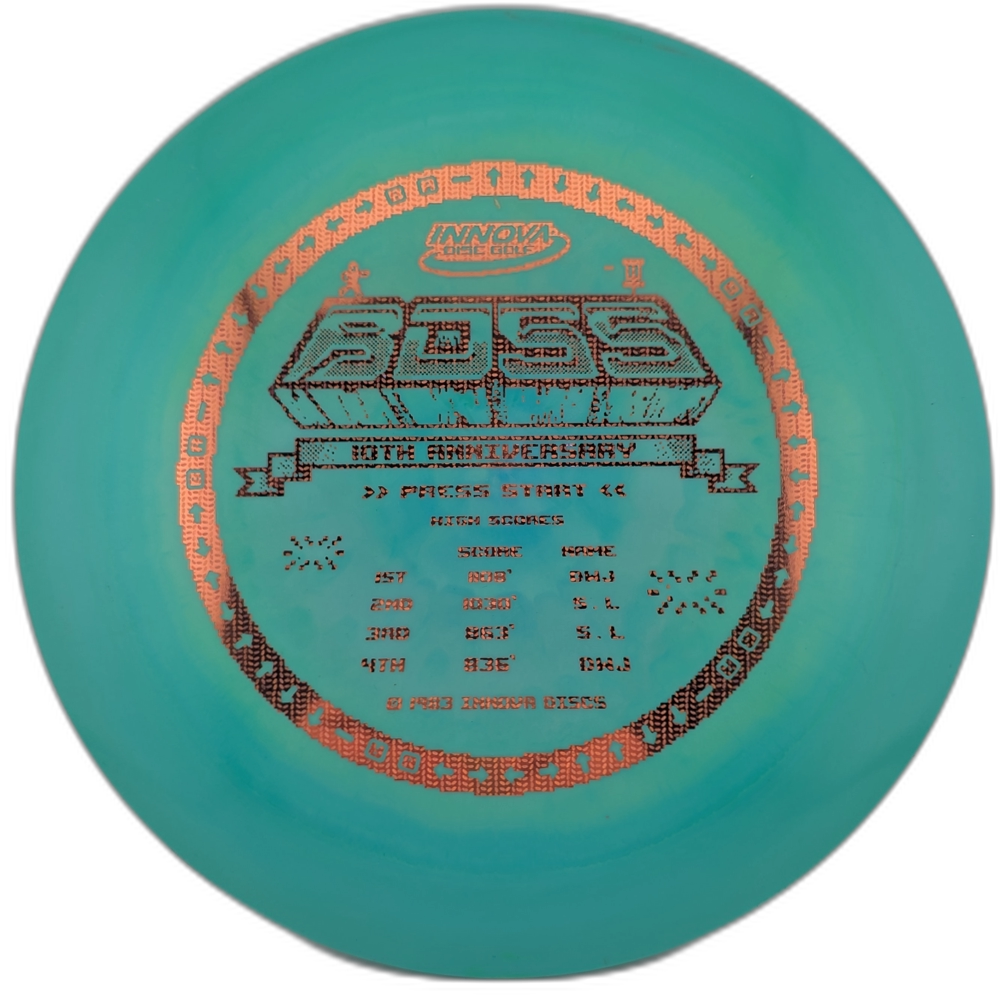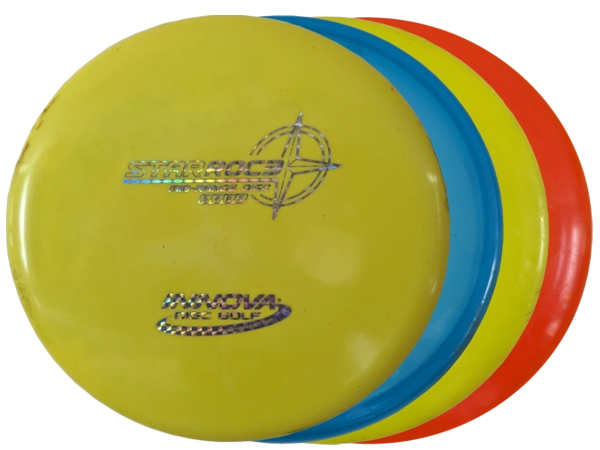The numbers Mason, what do they mean?
You may have noticed each of the discs sold on this website have four numbers in their description. If you are new to disc golf, you may not know what these are.
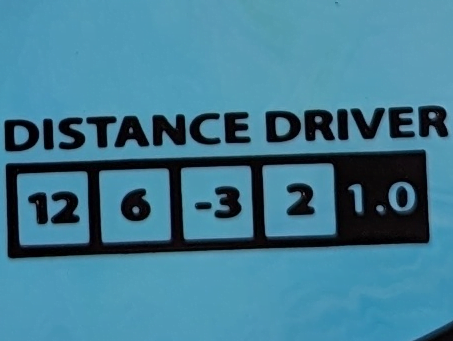
They are what is called the ‘Flight Numbers’ of a disc. Flight Numbers were designed as a way to describe a disc’s intended flight. Flight Numbers are broken down into four main categories: Speed, Glide, Turn, & Fade. These characteristics can be used to rate various aspects of each disc’s flight. Each disc has a distinct “personality”; the flight path that makes that disc unique. Flight Numbers can be used to compare discs to each other. To learn more about what each of these characteristics mean, refer to the descriptions below. Flight Ratings are based on right hand backhand (RHBH) throws.
Speed (1 to 15)
The “Speed” of a disc is a bit misleading, rather than being a measurement of how far a disc will fly, it is the initial velocity a disc must be thrown at to achieve the intended flight characteristics of that particular disc. This means that lower speed discs require less power to achieve their optimal flight, and in a lot of cases, a lower speed disc will fly farther and more accurately than a high-speed disc for a player who is learning
Glide (1 to 7)
Glide describes a disc’s ability to maintain its height compared to the velocity it was thrown at. Discs with more glide require less speed to stay in the air, so newer players will find it easier to keep them in the air longer, achieving longer flights. The down side of this however, is that discs with higher glide are more affected by the wind, and will be less accurate in windy conditions than their low-glide counterparts.
Turn (+1 to -5)
Turn describes a discs tendency to bank or ‘turn over’ during the initial part of its flight when the aerodynamic forces of the initial throw are still greater than the gyroscopic forces generated by the disc spinning. This causes right handed backhand shots to ‘flip up’ and turn right during the initial part of its flight, and the lower the number, the greater that effect. Discs with high turn are useful for beginners to get full flight out of their discs while they are still learning how to throw flat.
Fade (0 to 5)
As turn describes the initial part of a disc’s flight, Fade describes the end. When a disc is running out of momentum, it will begin to hook in a certain direction depending on the style of shot thrown (for a right handed backhand, this is always to the left). Fade describes how far you can expect this hook to travel. With discs with 0 fade finishing the straightest, while a disc with 5 fade will hook hard to the side.


